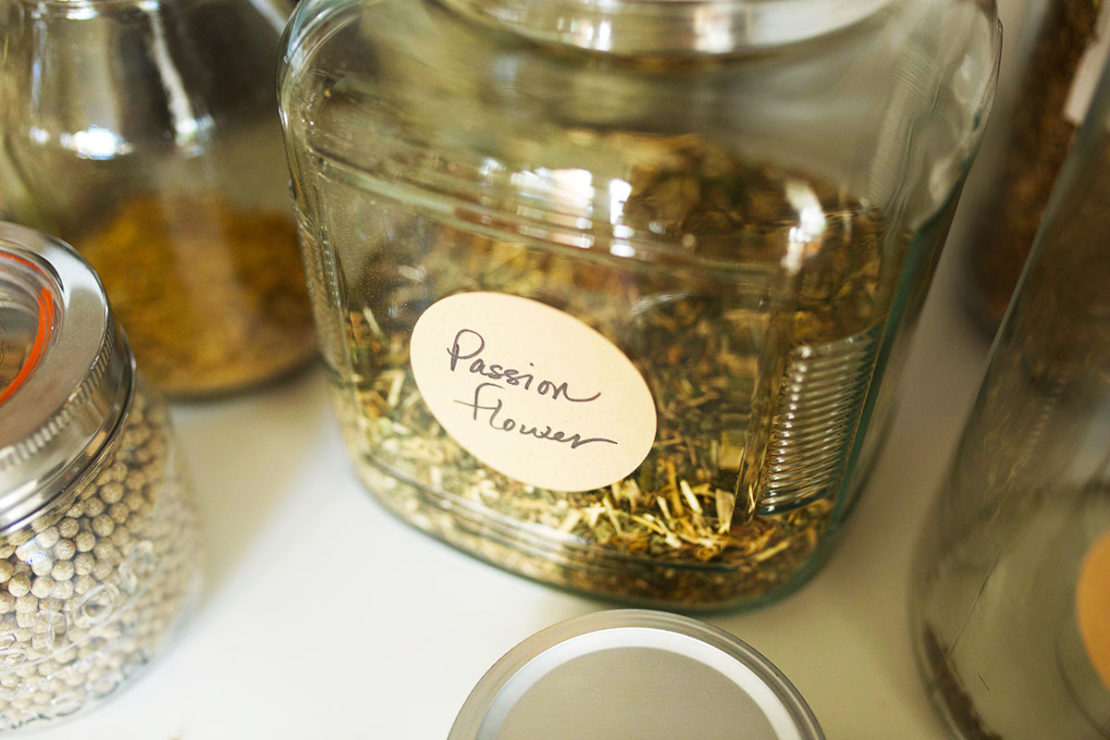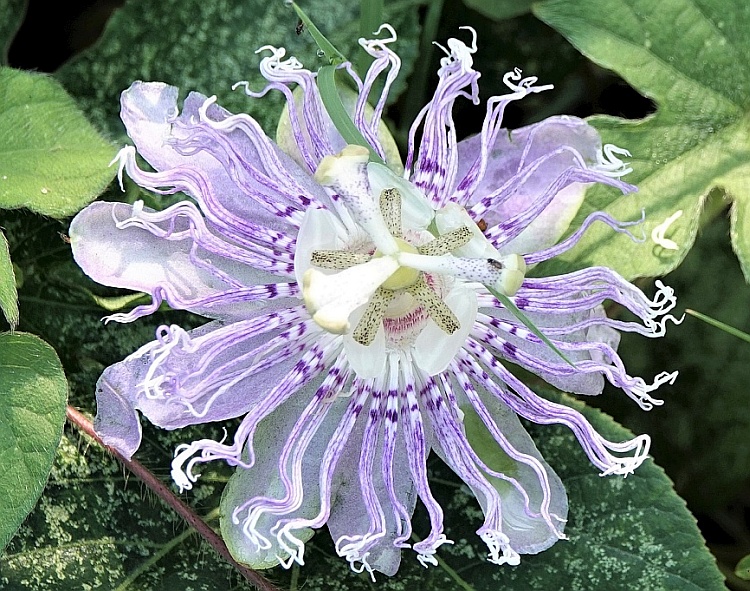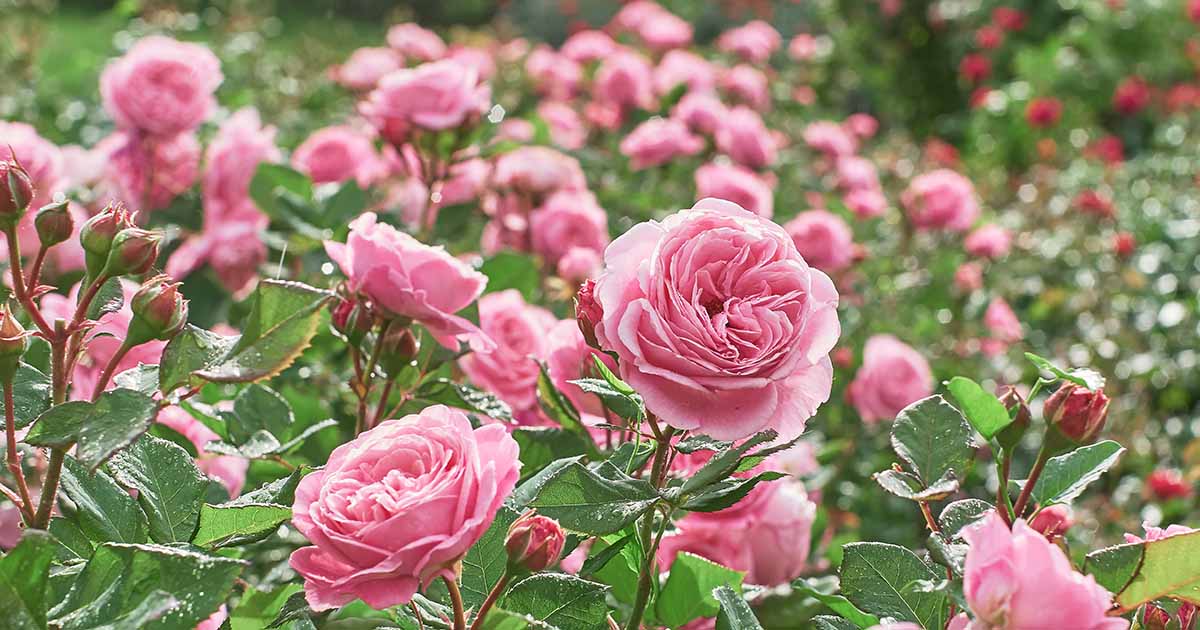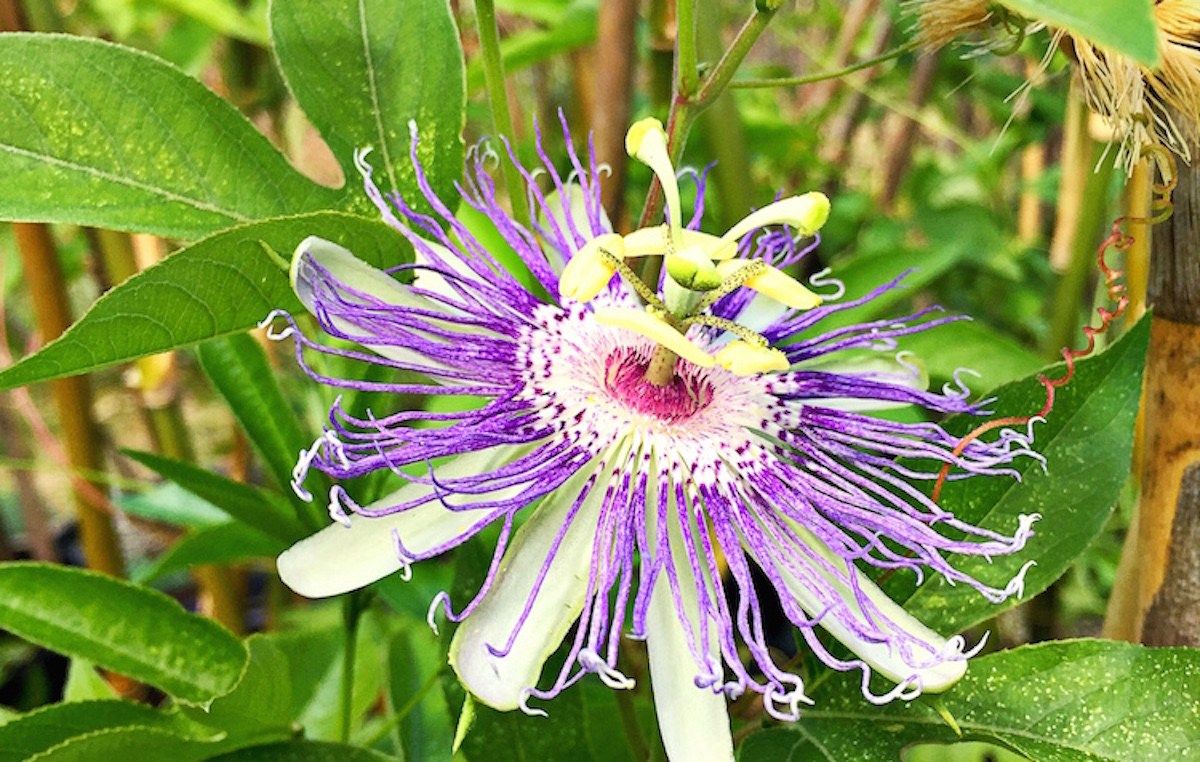7 Common Reasons Why Passionflower Fails to Bloom
Passionflowers, with their captivating, intricate blooms, are a gardener’s delight. Their unique appearance and the potential health benefits they offer make them a popular choice for many. However, if you’ve ever encountered a passionflower plant that just won’t bloom, you’re not alone. It can be frustrating, but fear not! We’re here to shed light on the seven common reasons why passionflower fails to bloom and provide you with expert advice on how to address these issues.
1. Insufficient Sunlight

One of the primary reasons passionflowers fail to bloom is insufficient sunlight. These striking vines thrive in full sun, requiring a minimum of six hours of direct sunlight daily. If your passionflower is planted in a shady spot, it might not have the energy it needs to produce those beautiful blooms. To remedy this, consider relocating your plant to a sunnier location. Be sure to choose a spot where it can bask in the sun’s warmth, and you’ll likely see a significant improvement in its flowering.
2. Poor Soil Quality

Passionflowers are particular about the quality of soil they grow in. They prefer well-draining, slightly acidic soil with a pH level between 6.0 and 6.5. If your soil doesn’t meet these criteria, it can hinder your passionflower’s ability to bloom. To address this issue, test your soil’s pH and amend it as needed. You can add organic matter to improve drainage and adjust the pH level with suitable amendments.
3. Inadequate Watering

Inconsistent or inadequate watering can also be a culprit behind a non-blooming passionflower. These plants require consistent moisture but not waterlogged roots. Overwatering can lead to root rot, while underwatering can stress the plant. Finding the right balance is key. Make sure to water your passionflower deeply when the soil is dry to the touch about an inch below the surface. Mulching around the base can help maintain moisture levels.
4. Lack of Nutrients

Nutrient deficiency is another common reason for a lack of blooms on passionflower plants. To promote flowering, it’s important to provide your plant with the nutrients it needs. Fertilize your passionflower with a balanced, slow-release fertilizer that includes micronutrients. Apply it in the spring and early summer, which are the prime growing seasons for passionflowers.
5. Pruning at the Wrong Time

Pruning passionflowers at the wrong time can disrupt their blooming cycle. These vines bloom on new growth, so if you prune them too late in the season or during the wrong time, you risk cutting off the potential flower buds. To prevent this, prune your passionflower in late winter or early spring before new growth begins. Remove dead or damaged branches and cut back the rest to encourage new growth.
6. Pests and Diseases
Pests and diseases can weaken your passionflower and prevent it from flowering. Keep an eye out for common garden pests like aphids, spider mites, or scale insects, which can damage the plant and sap its energy. Additionally, fungal diseases like powdery mildew can inhibit blooming. Regularly inspect your plant for signs of pests and diseases and take appropriate action to control them.
7. Improper Support and Training
Passionflowers are vigorous climbers that require proper support and training to encourage blooming. Without a suitable structure to climb and attach to, the vine may not reach its full blooming potential. Invest in a sturdy trellis or support system and gently train the passionflower’s vines to grow along it. This will help the plant flourish and produce more flowers.
In conclusion, growing a passionflower that blooms abundantly is achievable with the right care and attention. By addressing these common issues such as sunlight, soil quality, watering, nutrients, pruning, pests, and support, you can ensure your passionflower rewards you with its stunning and intricate blooms.
Frequently Asked Questions (FAQ)
Q1: Can passionflowers tolerate some shade?
A1: While passionflowers prefer full sun, they can tolerate some light shade. However, they won’t bloom as prolifically in shadier conditions.
Q2: When is the best time to prune passionflowers?
A2: The best time to prune passionflowers is in late winter or early spring before new growth begins.
Q3: How often should I fertilize my passionflower?
A3: Fertilize your passionflower in the spring and early summer with a balanced, slow-release fertilizer.
Q4: Are passionflowers prone to specific pests or diseases?
A4: Yes, passionflowers can be susceptible to pests like aphids and diseases like powdery mildew. Regular inspections can help you detect and address these issues.
Q5: What’s the ideal support for passionflowers?
A5: Passionflowers benefit from sturdy trellises or support systems that allow their vines to climb and attach.
tag
- chicken feed
- how to Keep Chickens Off Your Porch
- How to grow oyster mushrooms at home
- Growing Kale in Pots


0 Comments